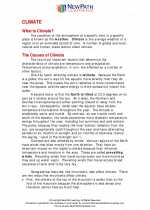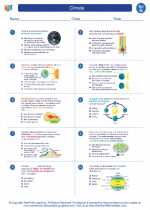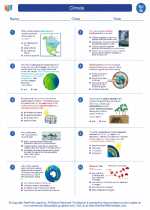Monsoons
A monsoon is a seasonal wind pattern that occurs in parts of South and Southeast Asia, including India, Bangladesh, Nepal, and parts of Africa. Monsoons bring heavy rainfall during the summer months and dry, cool air during the winter months. The monsoon season plays a crucial role in the agricultural and economic activities of these regions.
Causes of Monsoons
Monsoons are primarily caused by the temperature difference between the land and sea. During the summer, the land heats up more quickly than the sea, creating a low-pressure area over the land. This draws in moist air from the sea, leading to heavy rainfall. In the winter, the opposite occurs, with the land cooling down more quickly than the sea, resulting in a high-pressure area and dry, cool air.
Impact of Monsoons
Monsoons are crucial for agriculture in the affected regions, as they provide the necessary water for crops. However, they can also lead to flooding, landslides, and other natural disasters. Understanding and predicting monsoons is essential for disaster preparedness and water resource management.
Study Guide
- What is a monsoon?
- What causes the formation of monsoons?
- How do monsoons impact agriculture in affected regions?
- What are some of the challenges associated with monsoons?
- Explain the importance of understanding and predicting monsoons.










